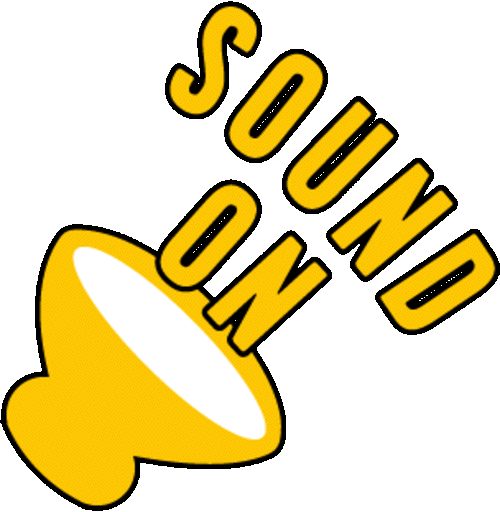Here’s a selection of some music from my recent “heavy rotation.” Enjoy!
-Sean
Guillaume Connesson, A Kind of Trane
Let’s start with a stunning recording of French composer Guillaume Connesson’s saxophone concerto titled A Kind of Trane. Inspired by the music and life of legendary saxophonist John Coltrane, the concerto requires the soloist to change from soprano to alto saxophone and back across three movements titled: I. There is none other, II. Ballade, and III. Coltrane on the dancefloor.
Recorded by the Brussels Philharmonic with Stephane Deneve conducting and Timothy McAllister as soloist (my former teacher at the University of Michigan), the recording was officially released in April 2019, but wasn’t available in the United States until August!
The moment I learned it was available, I dropped everything I was doing to listen!
Besides having a monstrously difficult solo saxophone part, the concerto uses the full forces of a massive orchestra to great effect. One of my favorite parts is the John Adams-esque woodblock in “Coltrane on the dancefloor,” which keeps time while the saxophone shreds hundreds of notes per minute. Take a listen to John Adams’s Short Ride in a Fast Machine, and you’ll hear the connection instantly.
Yo Soy La Tradicion, Miguel Zenón and Spektral Quartet
This fantastic 2019 Grammy-nominated album was inspired by the musical heritage of MacArthur and Guggenheim fellow Miguel Zenón’s native Puerto Rico.
I first heard saxophonist Miguel Zenón on a recording of the 2011 SFJazz Collective and was struck by his uniquely supple, flexible, and vocally-inspired tone.
The blend of lush string writing (for the amazing Spektral Quartet), complex rhythms, and Zenón’s improvisatory style strikes a beautiful and compelling balance between classical, jazz, and Puerto Rican folk music. A must-listen.
Mackey, Blue Notes and Other Clashes, PRISM Quartet and SO Percussion
Continuing in the saxophone-chamber-music world, I absolutely love Steven Mackey’s Blue Notes and Other Clashes. This epic, half-hour work takes listeners on a kaleidoscopic journey from reflective and meditative moments to quirky marches and dances, all leading up to a rock concert finale.
This piece is extra-special to me, because I’ve had the wonderful opportunity to perform the soprano saxophone part several times over the past year with a student-formed ensemble at the University of Texas at Austin.
And since I can’t resist plugging an awesome project…
I will be performing selections of Blue Notes and Other Clashes with the UT New Music Ensemble later this month (October 28, 7:30 CT if you want to tune in to our livestream!)
Moon River, Jacob Collier
Now going in a completely different direction, I fell in love with Jacob Collier’s music this summer when he released his newest album Djesse Vol. 2. If you’re familiar with Jacob Collier, he became well-known on YouTube for his a cappella arrangements of jazz standards, with as many as eight, fifteen, or thirty Jacobs singing “at the same time”.
What makes Jacob Collier’s newest arrangement of Moon River so amazing is its extensive use of microtonality.
(What the heck is microtonality???)
Referring to pitches that lay somewhere between the standard 12 chromatic pitches on a keyboard, microtonality is often thought of as an obscure and dissonant-sounding musical technique (think composers like Henry Cowell, Charles Ives, and Harry Partch).
However, Collier uses microtonality in a very different way. By singing with just intonation (a method of tuning intervals and chords by small degrees), he manipulates certain notes over a series of chords to raise the entire pitch space by a quarter-tone. The effect is nearly undetectable to most people’s ears except in producing what Collier describes as “lighter” or “darker” sounding keys and moods.
This transcription by June Lee shows where Jacob Collier uses this effect. Can you hear it?













